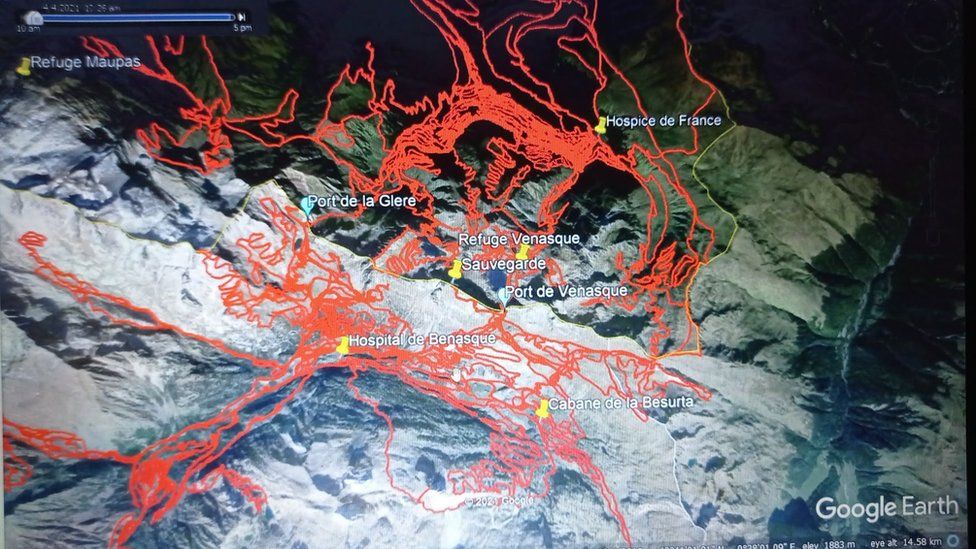An underfeed person tires more easily and has more problems with staying warm (you need these nutrients to keep your core temperature up, it is a fuel for your body). And being cold, hungry and exhausted while on the trail fuzzies your mind and makes easier to make that one bad decision, one stupid mistake or one wrong step leading to tragedy. So, when a hiker goes missing it is important what they ate, because it might have been one of the circumstances diminishing (or increasing) their chance to survival. I do not want blame Esther for her demise, it is important though to see all the circumstances that might lead to an unfortunate accident.
Exactly this. You can obviously live a long time without food, all things being equal.
But you cannot live long if you are exposed to wet and wind and low temps. This is also where fuel becomes very important at altitude in sub zero.
It is also critical to keep moving if you can't find some shelter. My dad is fond of recounting the time he walked out of the NZ high country from a shooting expedition when a bad storm grounded their helicopter.
The storm was so bad he had to drag the dog out of the hut and carry it for a few 100m to stop it going back.
But the point was, so long as he kept moving, he could keep his core temperature up.
The risk is, if you get injured on your own, and can't keep moving, walking out light, you are in huge huge trouble.





